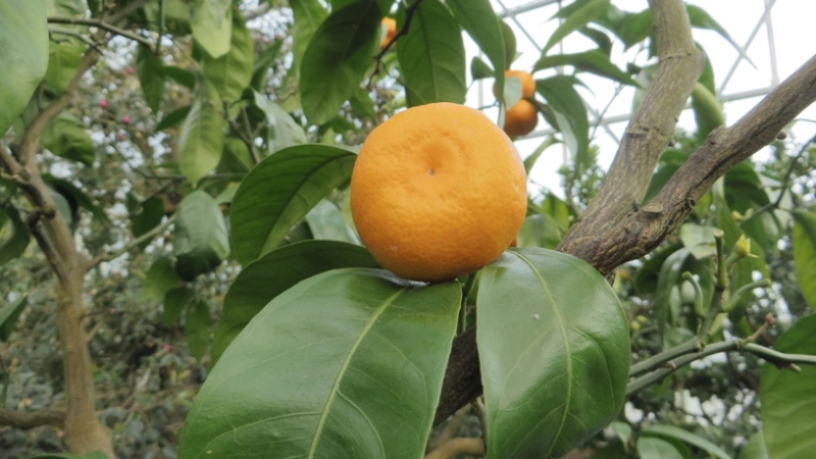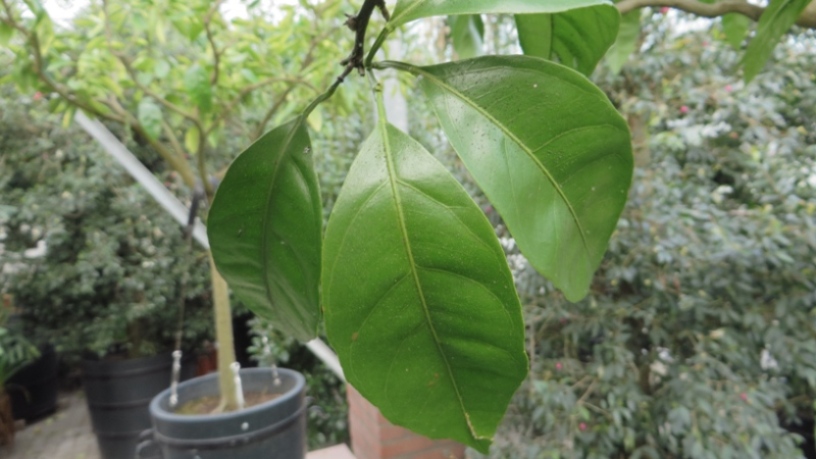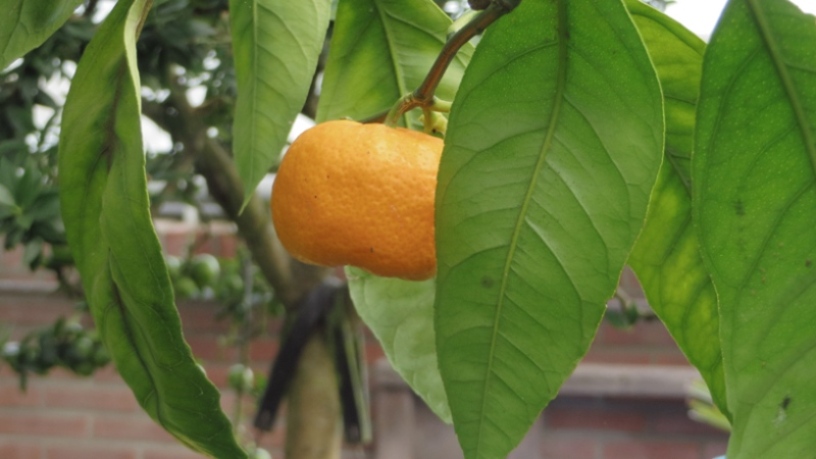Cleopatra Mandarin
Citrus reticulata
Rue family (Rutaceae)
The stories related to this plant are still being edited.
Themes
Crown jewel of the Twickel Estate.
Attracts butterflies.
Mandarin oranges of all kinds are primarily eaten as a fresh fruit or used in fruit salads, puddings or on cakes. Very small varieties are canned in syrup. The essential oil extracted from the peel is employed commercially in flavouring boiled sweets, ice cream, chewing gum and bakes.
Mandarin essential oil, petitgrain oil, tangerine oil, and their various tinctures and essences, are valued in perfume manufacturing, particularly in the making of floral compounds and colognes. They are produced mostly in Italy, Sicily and Algeria. Fragrant flowers and fruits.
During Chinese New Year, mandarin oranges are considered traditional symbols of abundance and good fortune. They are traditionally placed in Christmas stockings in North America, Russia and parts of Europe when the traditional European Christmas merged with the Saint Nicholas tradition.
de vruchten zijn goed tegen de dorst en bevorderen de spijsvertering. Vruchten en zaden worden gebruikt in de traditionele Chinese geneeskunde: de pitten als Juhe, de oranjerode schil als Juhong, de groene schil als Qingpi, en de gedroogde schil als Chenpi.
Details
| Description: | Tree, up to 3 m tall; branches numerous, with short spines. |
|---|---|
| Distributions: | Considered to be native to southeast asia and the philippines. |
| Habitat: | Hillside forests; low elevations. |
| Year cycle: | Perennial (polycarpic evergreen) |
| Hardiness: | 14 - 23 f (hardy - average winter) |
| Flowering period: | Maart |
| Flower color: | White |
| Fruit color: | Orange |
| Notes on fruits: | The fruit is oblate, the peel is bright-orange or red-orange. when ripe, the peel is easily removed |


